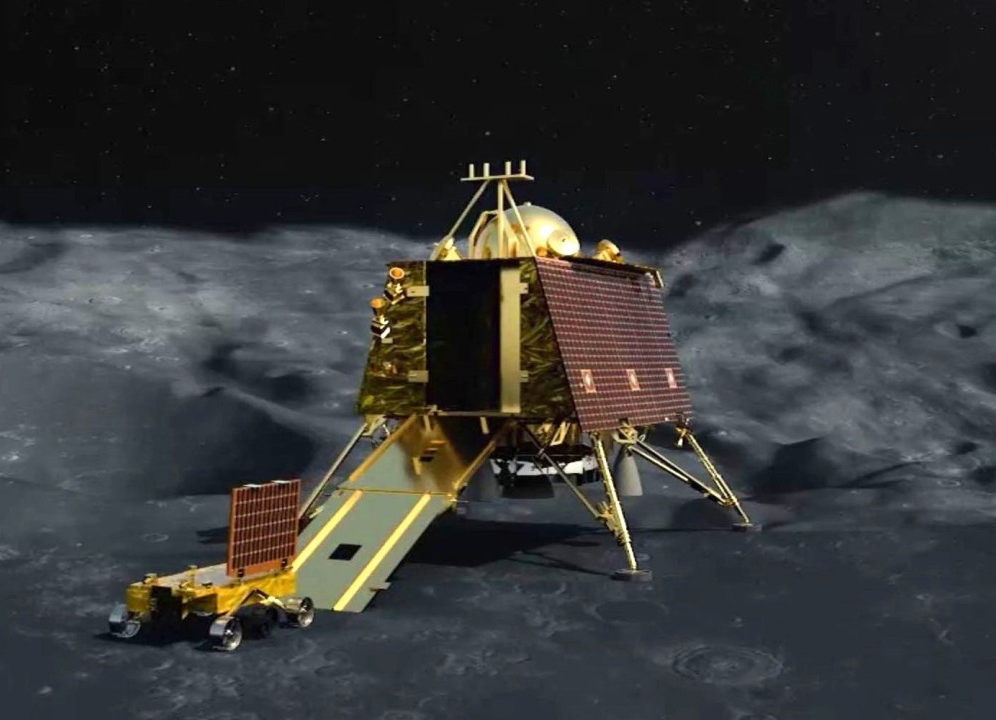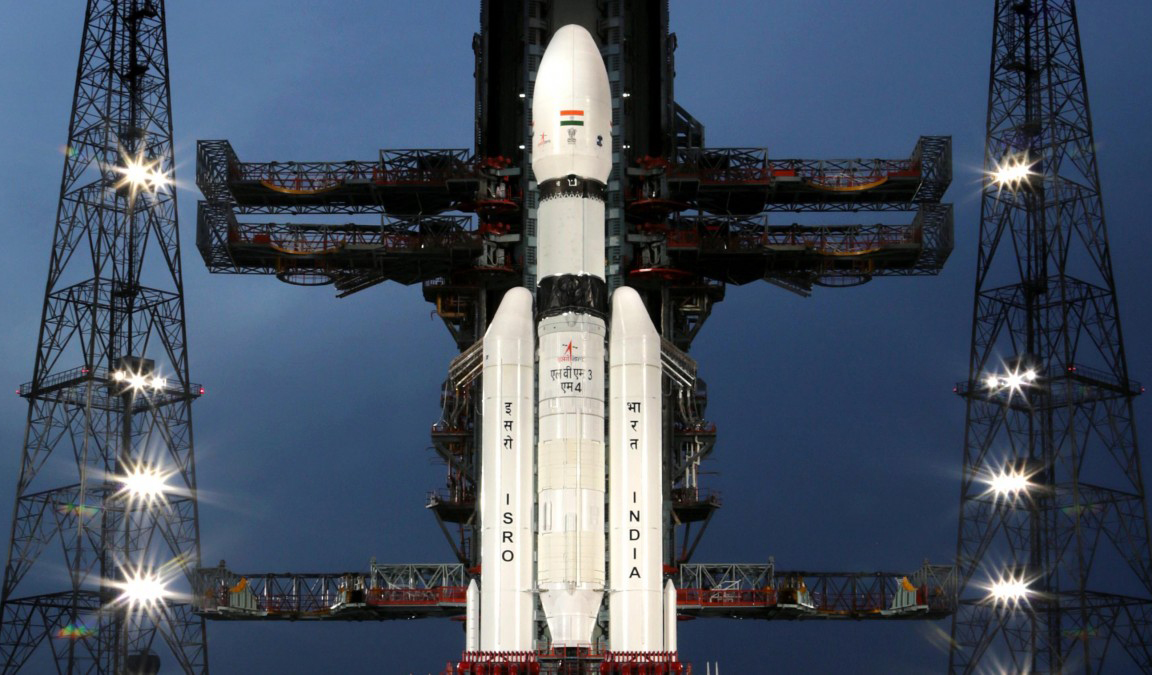Chandrayaan-3 A Successful Soft Landing on the Moon.
On August 23, 2023, India’s Chandrayaan-3 lunar mission successfully soft-landed on the Moon’s surface. The lander, Vikram, touched down in the South Pole region of the Moon, making India the fourth country to successfully land a spacecraft on the Moon.
The Chandrayaan-3 mission was launched on July 14, 2023, from the Satish Dhawan Space Centre in Sriharikota, India. The mission’s main objective was to soft-land a lander on the Moon’s South Pole region and deploy a rover to explore the surface.
The Chandrayaan-3 mission was a major success for the Indian Space Research Organisation (ISRO). The successful landing of Vikram on the Moon’s South Pole region is a significant achievement, as this region is thought to be rich in water ice. The rover will now explore the surface of the Moon in search of water ice and other resources.
The Chandrayaan-3 mission is a major milestone in India’s space program. The success of this mission will help India to become a leading player in the global space race.
The Chandrayaan-3 mission is also a significant achievement for the international community. The successful landing of a spacecraft on the Moon’s South Pole region is a testament to the ingenuity and determination of scientists and engineers around the world.
The Chandrayaan-3 mission is a historic event that will inspire future generations of scientists and engineers. The success of this mission will help to pave the way for future exploration of the Moon and other planets.

What’s next for Chandrayaan-3?
The Chandrayaan-3 mission is still ongoing. The rover is currently exploring the surface of the Moon in search of water ice and other resources. The mission is also collecting data about the Moon’s surface and atmosphere.
The Chandrayaan-3 mission is scheduled to last for one year. However, it is possible that the mission could be extended if the rover is able to find significant amounts of water ice.
The success of the Chandrayaan-3 mission is a major boost for the Indian Space Research Organisation (ISRO). The mission has demonstrated ISRO’s capabilities in space exploration and has helped to put India on the map as a leading player in the global space race.
The Chandrayaan-3 mission is also a significant achievement for the international community. The successful landing of a spacecraft on the Moon’s South Pole region is a testament to the ingenuity and determination of scientists and engineers around the world.
The Chandrayaan-3 mission is a historic event that will inspire future generations of scientists and engineers. The success of this mission will help to pave the way for future exploration of the Moon and other planets.
Facts about:
- Chandrayaan-3 is a lunar mission by the Indian Space Research Organisation (ISRO).
- The mission was launched on July 14, 2023, from the Satish Dhawan Space Centre in Sriharikota, India.
- The main objective of the mission is to soft-land a lander on the Moon’s South Pole region and deploy a rover to explore the surface.
- The lander, Vikram, successfully soft-landed on the Moon’s South Pole region on August 23, 2023.
- The rover, Pragyan, is currently exploring the surface of the Moon in search of water ice and other resources.
- The Chandrayaan-3 mission is scheduled to last for one year.
- The mission is a major milestone in India’s space program and a significant achievement for the international community.
Here are some additional details about the mission:
- The lander, Vikram, is named after Vikram Sarabhai, the father of the Indian space program.
- The rover, Pragyan, is named after the Sanskrit word for “wisdom”.
- The Chandrayaan-3 mission is equipped with a variety of scientific instruments, including a spectrometer, a camera, and a magnetometer.
- The mission is expected to collect valuable data about the Moon’s surface, atmosphere, and resources.
- The success of the Chandrayaan-3 mission will help to pave the way for future exploration of the Moon and other planets.

More articles:

